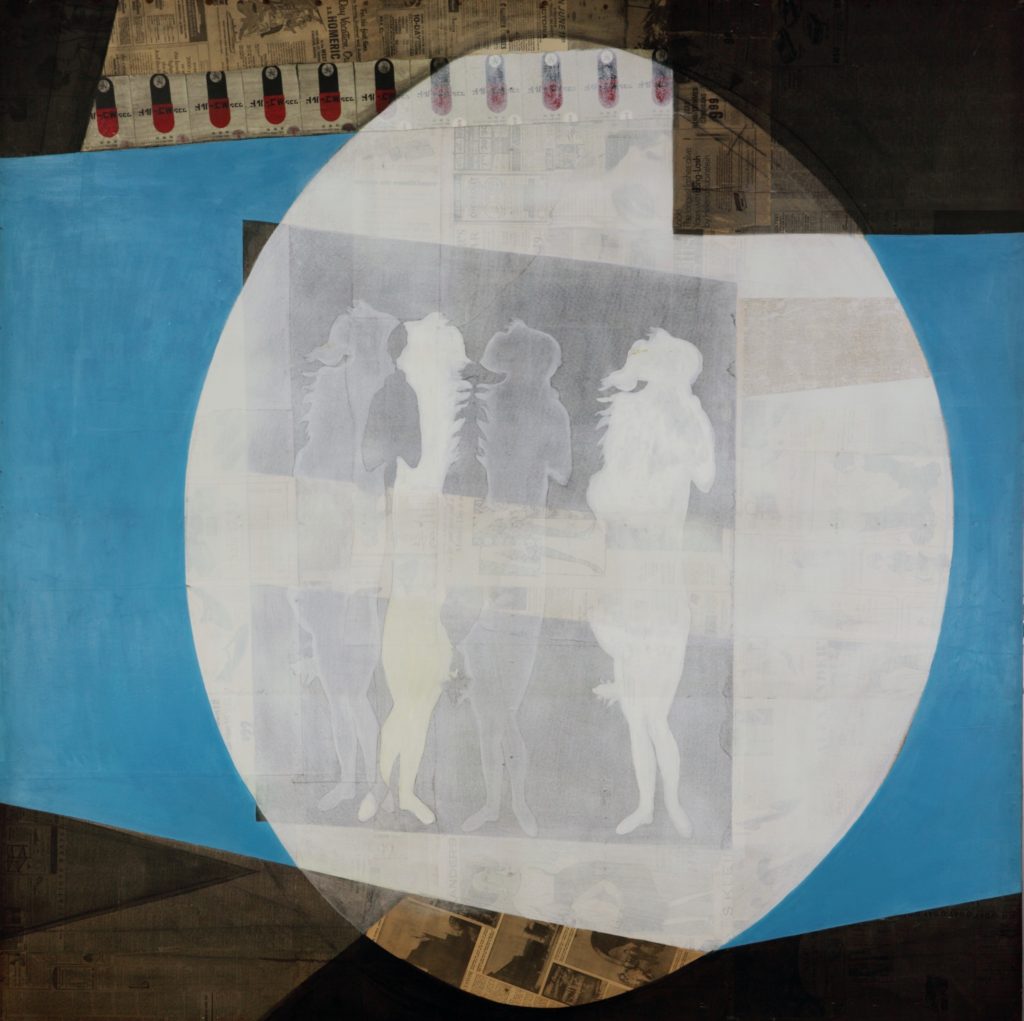
1966, newspaper, magazine, silk screen print, acrylic on plywood, 183×183cm
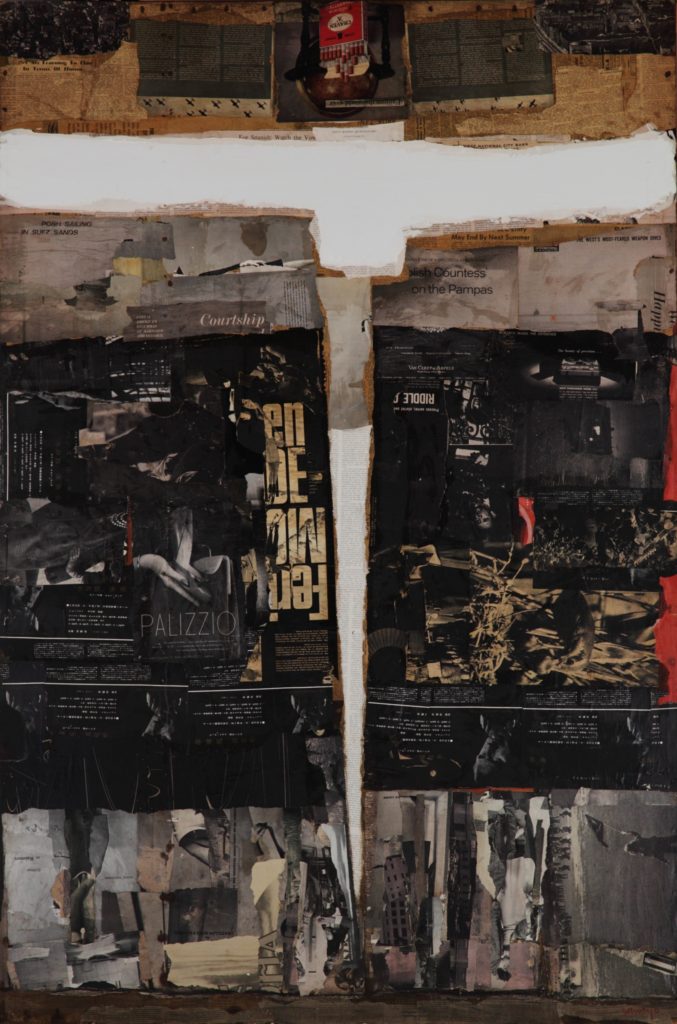
1967, newspaper, magazine and acrylic on plywood, 182.2×121.4cm
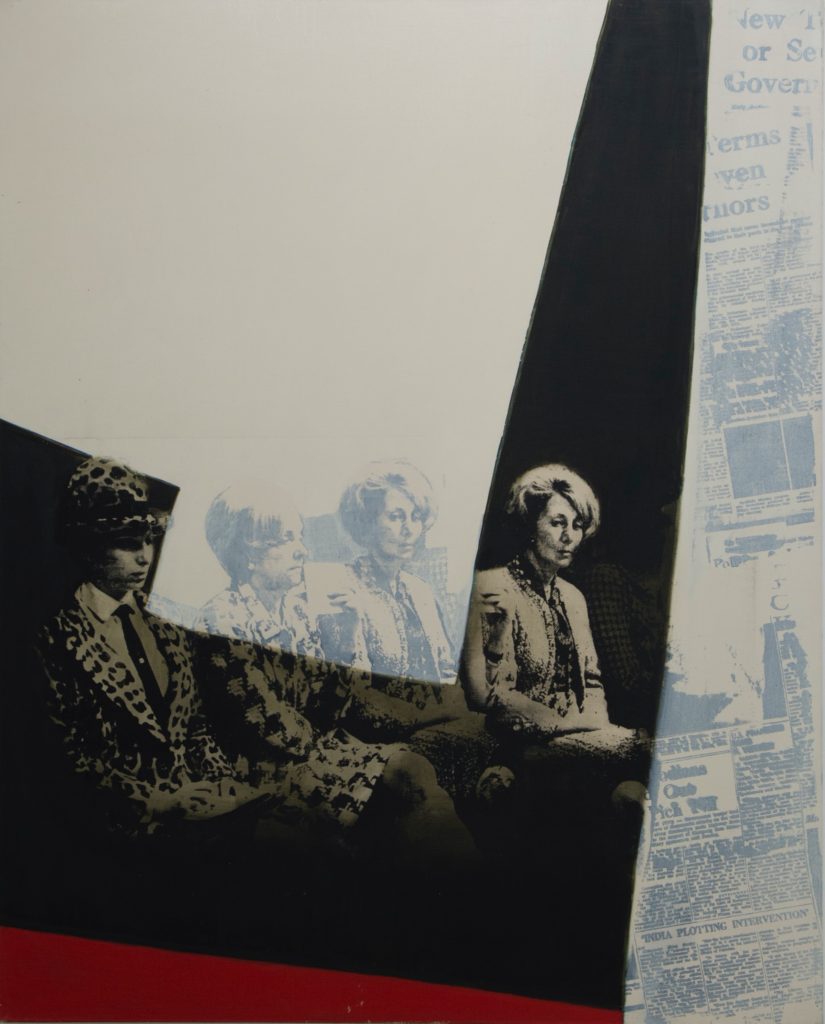
1970, oil, silkscreen on canvas, 162×130cm
Dates|September 21 – October 6, 2021
Venue|MEM map
Hours|13:00 – 19:00
The gallery is closed on Mondays that are not national holidays. (Except when Monday falls on a holiday, in which case the gallery is open and closed the following day.)
Telephone|+81-3-6459-3205
Mishima Kimiyo embarked her 50-year artistic career with still lifes. Eventually, she transitioned from representational to abstract, as she started to utilize the papier collé technique, pasting cutouts of newspapers and magazines onto her canvases. In French, papier collé means ‘pasted paper’ or ‘paper cutouts’ and exclusively refer to the use of paper, whereas collage may utilize non-paper components. This technique has been used by Pablo Picasso, George Braque and others.
Looking back at her early works, we can see that the newspaper and magazine articles that Mishima incorporates were carefully selected to represent the social circumstances of the time. An avid listener of contemporary composers like Takemitsu Toru, Mishima uses the entirety of a poster promoting a concert in Japan by the pianist Kurt Rapf in Work 67 – B. In her series titled, Venus, she uses newspaper in English. In the top left of Transfiguration of Venus Ⅱ, we can see an article from 1965 reporting the change of leadership in the Daughters of the American Revolution (DAR), an organization established in 1890 by the descendants of those who fought in American War of Independence. Mishima places the cutout of this article next to the image of Venus from Botticelli’s The Birth of Venus, famous for its reverent depiction of women. These cutouts of various newspaper, magazines and advertisement leaflets are incorporated into the frame with a silkscreen method creating a complex pictorial space where technique and meaning intersect. It has always been important for Mishima to find expression for the Contemporary. Her use of papier collé, specifically with socially and culturally important printed material, was a necessary step in her journey as an artist.
Although these early works were only a single stage in her evolution, they were fundamental to the three-dimensional works based on newspaper and magazines that she later dedicated herself to. In this exhibition, we are proud to present these works that are the bridge between her early representational works and her ceramic sculptures.
【Related Exhibition】
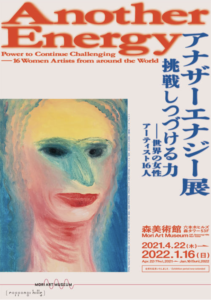
Another Energy: Power to Continue Challenging – 16 Women Artists from around the World
Dates:April 22, 2021 – January 16, 2022
Venue:Mori Art Museum (Tokyo)
[Regarding COVID-19 Prevention Measures]
To prevent the spread of COVID-19, NADiff A/P/A/R/T has shortened their hours of operation. When visiting please follow these requests.
Please refrain from visiting if you have cold-like symptoms such as fever, cough or runny nose.
Please disinfect hands upon entry and wear a mask in the venue.
Please note that visitors may be asked to wait to enter due to venue capacity.
Please practice social distancing.
Please do not touch the exhibited works.
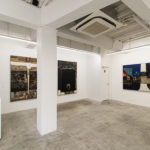
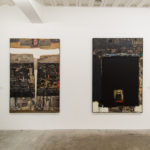
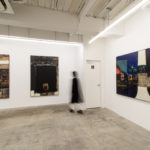
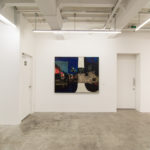
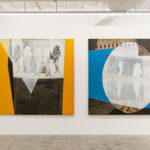
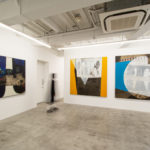
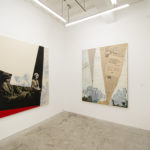
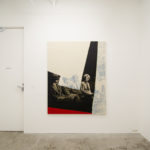
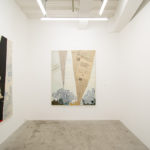
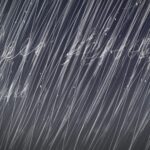 On Mono, Koto, and Kotoba – Eight Perspectives
On Mono, Koto, and Kotoba – Eight Perspectives 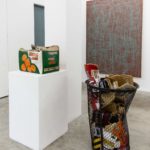 On Mono, Koto and Body – Six Perspectives
On Mono, Koto and Body – Six Perspectives  Kimiyo Mishima
Kimiyo Mishima 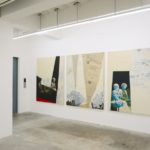 Two Person Show with Shigeji Mishima and Kimiyo Mishima
Two Person Show with Shigeji Mishima and Kimiyo Mishima 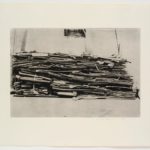 Kimiyo Mishima “EARLY WORKS”
Kimiyo Mishima “EARLY WORKS”